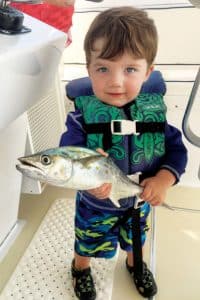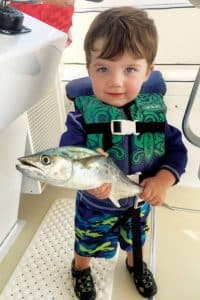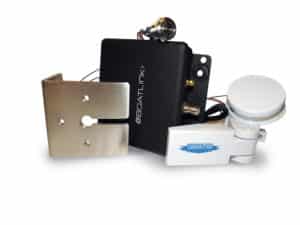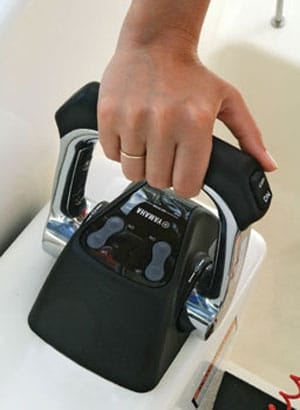
70 Years, 70 Innovations II: Boat Stuff
Part III: Electronics
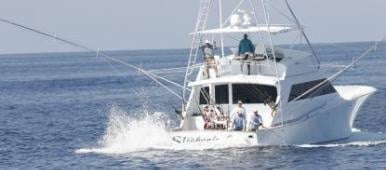
70 Years, 70 Innovations II: Boat Stuff
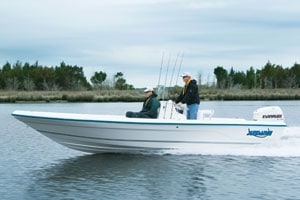
70 Years, 70 Innovations II: Boat Stuff
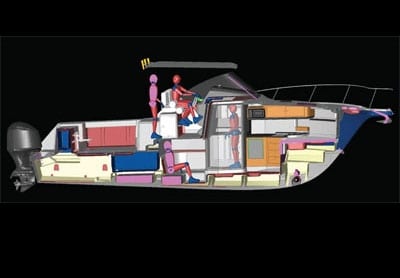
70 Years, 70 Innovations II: Boat Stuff
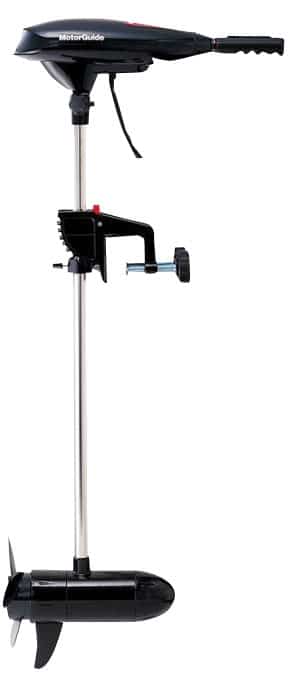
70 Years, 70 Innovations II: Boat Stuff
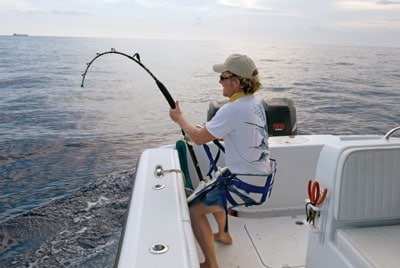
70 Years, 70 Innovations II: Boat Stuff
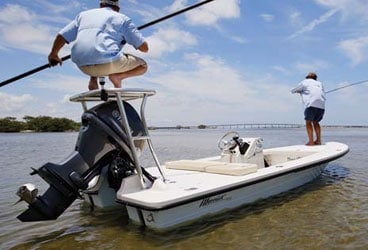
70 Years, 70 Innovations II: Boat Stuff
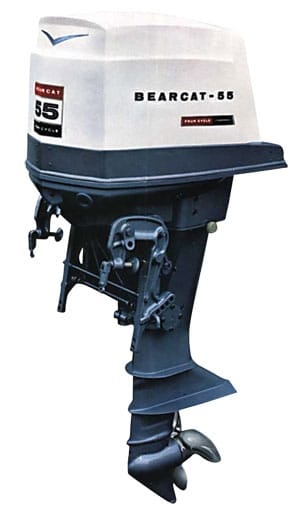
70 Years, 70 Innovations II: Boat Stuff
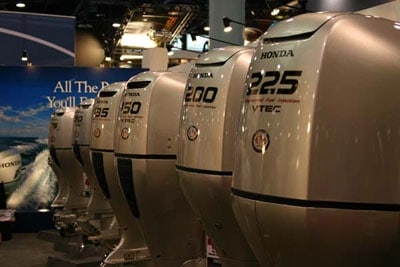
70 Years, 70 Innovations II: Boat Stuff
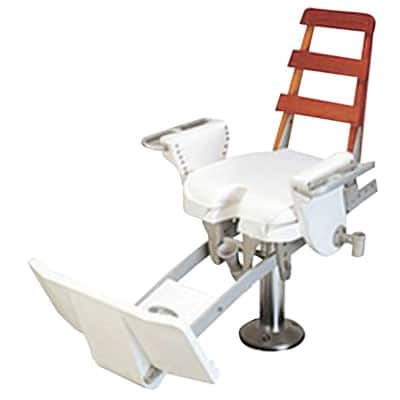
70 Years, 70 Innovations II: Boat Stuff
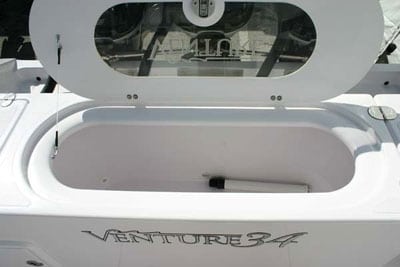
70 Years, 70 Innovations II: Boat Stuff
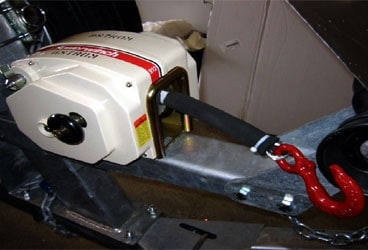
70 Years, 70 Innovations II: Boat Stuff
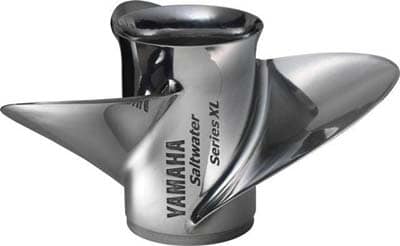
70 Years, 70 Innovations II: Boat Stuff
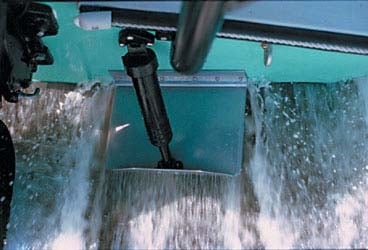
70 Years, 70 Innovations II: Boat Stuff
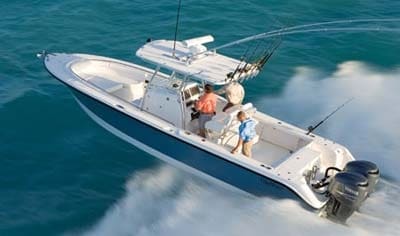
70 Years, 70 Innovations II: Boat Stuff
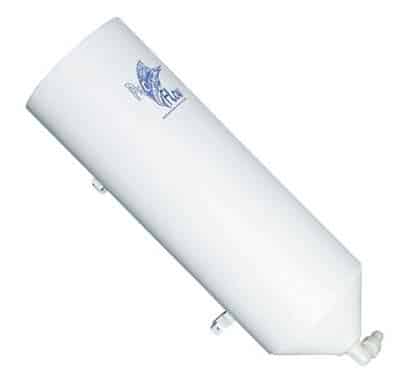
70 Years, 70 Innovations II: Boat Stuff
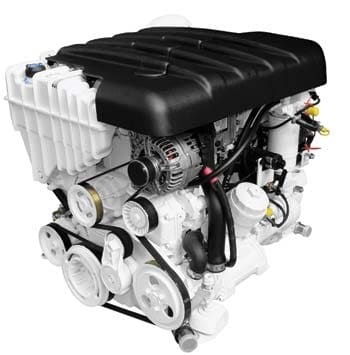
70 Years, 70 Innovations II: Boat Stuff
Part III: Electronics

